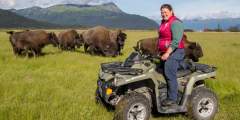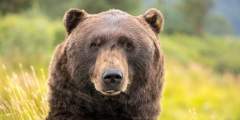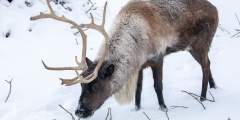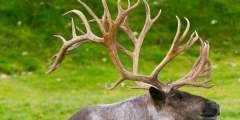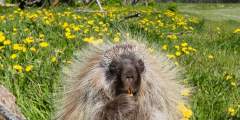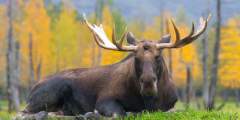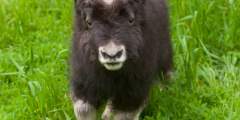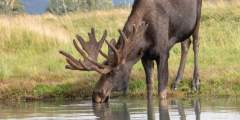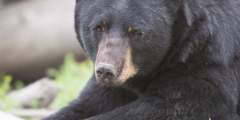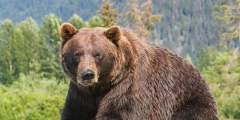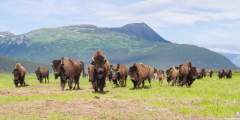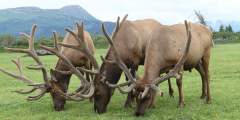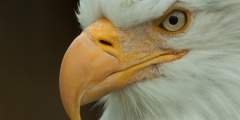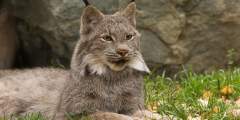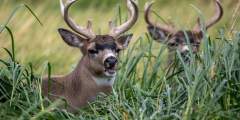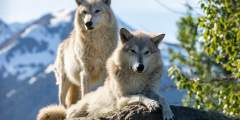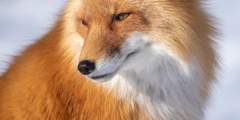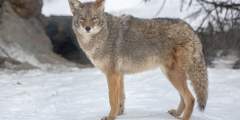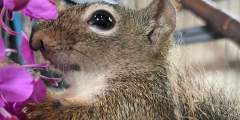Alaska Wildlife Conservation Center Audio Guide
The Alaska Wildlife Conservation Center provides refuge for animals in need. This audio tour will guide you through your visit.
Show Map
Alaska Wildlife Conservation Center Guide
Now it’s time to go over some basics. Fortunately, we do have rules to abide by.. but hear me out!
In Alaska it’s not just bears you need to worry about. Aside from the weather and realities of how unforgiving the climate can be (did you bring rain gear?), we live among bears and other large animals like moose.
Black Bears are one of the more adaptable animals in the entire animal kingdom, as they are currently found in every single United States’ state, with the exception of Hawaii.
Despite having a brown bear in the state of Alaska, we actually have three sub-species; Grizzly Brown Bears, Coastal Brown Bears, and the Kodiak Brown Bear.
The Wood Bison at the Wildlife Conservation Center are currently the only herd in the United States
Sitka black-tailed deer are a diminutive coastal subspecies of the mule deer that is common throughout western North America.

